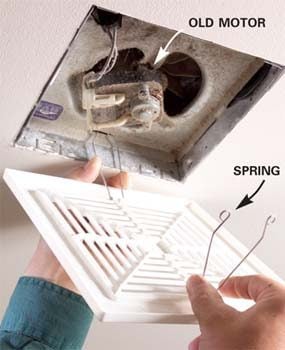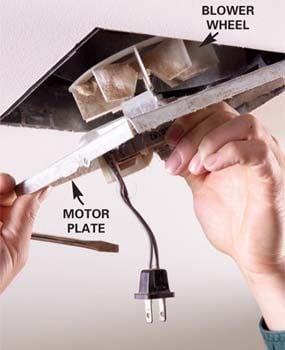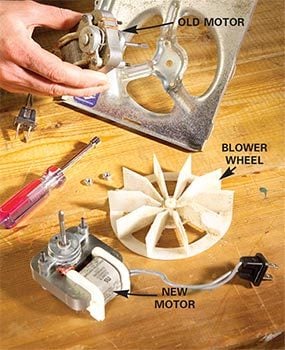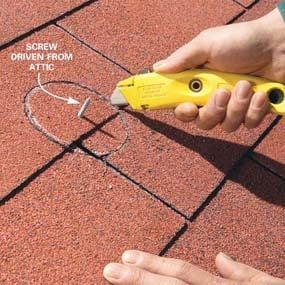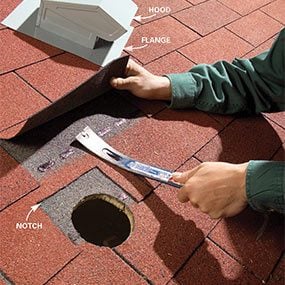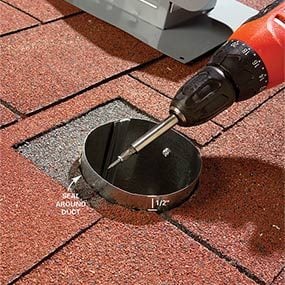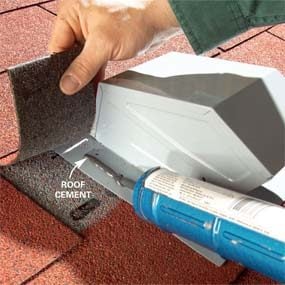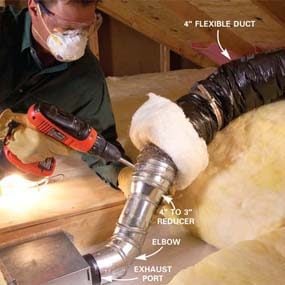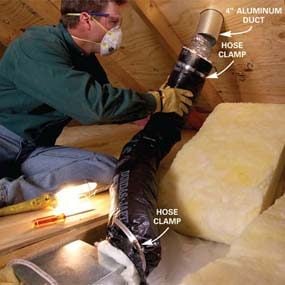The three month phase-in period runs June 16 - September 15, 2011. During this time, if the employer is in full compliance with the old directive (STD 03-00-001), OSHA will not issue citations, but will instead issue a hazard alert letter informing the employer of the feasible methods they can use to comply with OSHA's fall protection standard or implement a written fall protection plan. If the employer's practices do not meet the requirements set in the old directive, OSHA will issue appropriate citations.
If an employer fails to implement the fall protection measures outlined in a hazard alert letter, and during a subsequent inspection of one of the employer's workplaces OSHA finds violations involving the same hazards, the Area Office shall issue appropriate citations.
The new directive, Compliance Guidance for Residential Construction (STD 03-11-002), a detailed description of the phase-in policy, a presentation and other guidance materials about requirements for protecting workers from falls are available at http://www.osha.gov/doc/residential_fall_protection.html.
A Safety and Health Topics Web page, which provides a list of references to help employers identify fall hazards and possible solutions for eliminating such hazards, is available at http://www.osha.gov/SLTC/fallprotection/construction.html
OSHA's On-Site Consultation Program offers free and confidential advice to small and medium-sized businesses in all states across the country, with priority given to high-hazard worksites. For more information, visit http://www.osha.gov/dcsp/smallbusiness/consult.html.
Under the Occupational Safety and Health Act of 1970, employers are responsible for providing safe and healthful workplaces for their employees. OSHA's role is to assure these conditions for America's working men and women by setting and enforcing standards, and providing training, education and assistance. For more information, visit http://www.osha.gov/.







